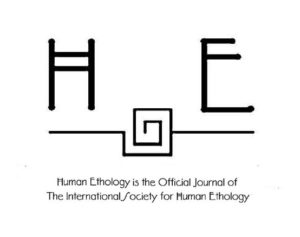Research Article
Hermann Prossinger, Susanne Schmehl, Elisabeth Oberzaucher
Human Ethology, Volume 34, 173-193, published October 5, 2019
DOI: https://doi.org/10.22330/he/34/173-193
ABSTRACT
Whenever persons describe localized pain, they include gestures along with their verbal descriptions. The “Fascial Distortion Model” (Typaldos, 2006) customizes its pain therapy by trying to classify these gestures. Practitioners claim that different Fascial Distortion Model classes necessitate different therapies. Here we present a statistical analysis method to assess whether the practitioners’ claims are tenable if statistical rigor is assumed. Five encoders observed 10 videos, one for each potential client describing his or her pain while including gestures. We took an inventory of gesture category loadings using an ethological toolkit derived from the “Gesture Action Coding System”. The outcomes of these observations are strings of category loadings for each client. All possible category loadings make up a dictionary of gestures, where each string of encodings is a (gesture) word in a generalized sense. If five encoders observe a client, the list of words should be statistically close, one hypothesizes. Our first approach was to look at how many different words occur overall and observe whether the (gesture) word lists for each client are consistent among encoders. Our statistical methodology uses Bayesian probabilities and is to be seen in a much wider context: how to analyze the behaviors that ethologists observe, categorize, and classify. As ethologists’ fieldwork quite often involves observing behaviors, be they gestures, facial expressions, etc., their classification challenges are analogous to Fascial Distortion Model ones, albeit with different dictionaries. We show how the statistical methodology we present here can be used to build gesture dictionaries and thereby enhance the statistical reliability of ethologists’ encoding systems, including, for example, those for facial expressions.
Keywords: Dirichlet distribution, Beta distribution, Bayesian probability, Gesture encoding, Fascial Distortion Model, Jeffreys prior.
ISSN: 2224-4476

